Experiences refined for people
Experiences refined for people
Recent university enrollment statistics reveal that fewer students are pursuing higher education. While community colleges experienced a rebound, four-year public and private nonprofit institutions continue to face challenges. This decline highlights the pressing need for institutions to re-evaluate their enrollment marketing strategies, focusing on ones that resonate with today’s digitally savvy and discerning Gen Z.
In this article, we unveil our top 11 strategies for successful enrollment marketing that attract prospective students and guide them through their decision-making journey.
⚡ Enrollment trends show a shift towards associate’s degrees over bachelor’s degrees, with a -0.4% decline compared to a -1.4% decline, respectively.
Enrollment marketing is an outreach strategy employed by educational institutions to attract, engage, and enroll prospective students. Unlike traditional marketing that aims to promote products or services, enrollment marketing uses the enrollment funnel to promote the school: its culture, values, programs, and overall student experience.
Increasing enrollment is a strategic necessity to secure a thriving future for educational institutions. These strategies will help your institution achieve sustained enrollment success for years to come.
The matriculation rate (or enrollment rate) tells us how many applicants eventually become students. It helps you set goals for the next year on how many more enrollees you want.
Example: If you know that historically your matriculation rate has been around 30%, and you aim to enroll 500 new students next year, you can calculate that you need to admit around 1,667 students (500 / 0.30) to meet your enrollment goal.
Knowing the cost per enrolled student can also help you gauge your university’s marketing budget. Are you allocating too much or too little? Having clarity on these rates can influence these decisions.
To find your university’s overall matriculation rate, divide the number of enrolled students by the number of admitted students and multiply this by 100.
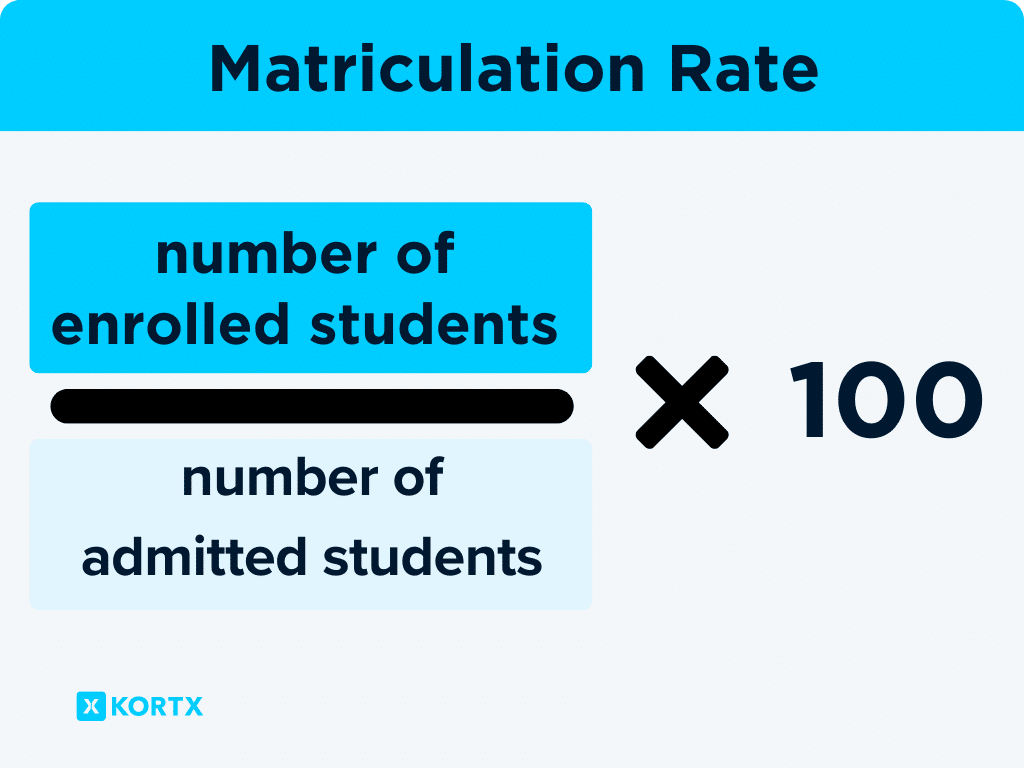
Example: A university admits 400 students. 100 decide to enroll. 100/400 x 100 = 25%. So, the matriculation rate is 25%.
Once you know the matriculation rate, you can combine it with other metrics to determine your marketing success.
Example: If you spend $10,000 on marketing and get 100 applications, the Cost Per Acquisition (CPA) is $100 per application. If 25% of applicants enroll, then the cost to enroll each of the 25 students is $400 ($10,000 ÷ 25). If the tuition exceeds this significantly, you may be under-spending on marketing.
Matriculation rates give universities a clearer picture of their return on investment (ROI) for their marketing dollars and help fine-tune their recruitment strategies.
Apart from knowing your overall matriculation rate, you should calculate the matriculation rate of individual departments (e.g., biology, communications).
Understanding these goals helps optimize marketing strategies for specific programs, especially if there are program-specific funds or objectives.
Example: The Biology Department at Greenfield University received a generous donation of $50,000, specifically to boost its enrollment. While the university has a general matriculation rate of 30%, the Biology Department aims for a 50% rate due to this additional funding.
Your website should also guide students throughout decision-making and meet them at every touchpoint.
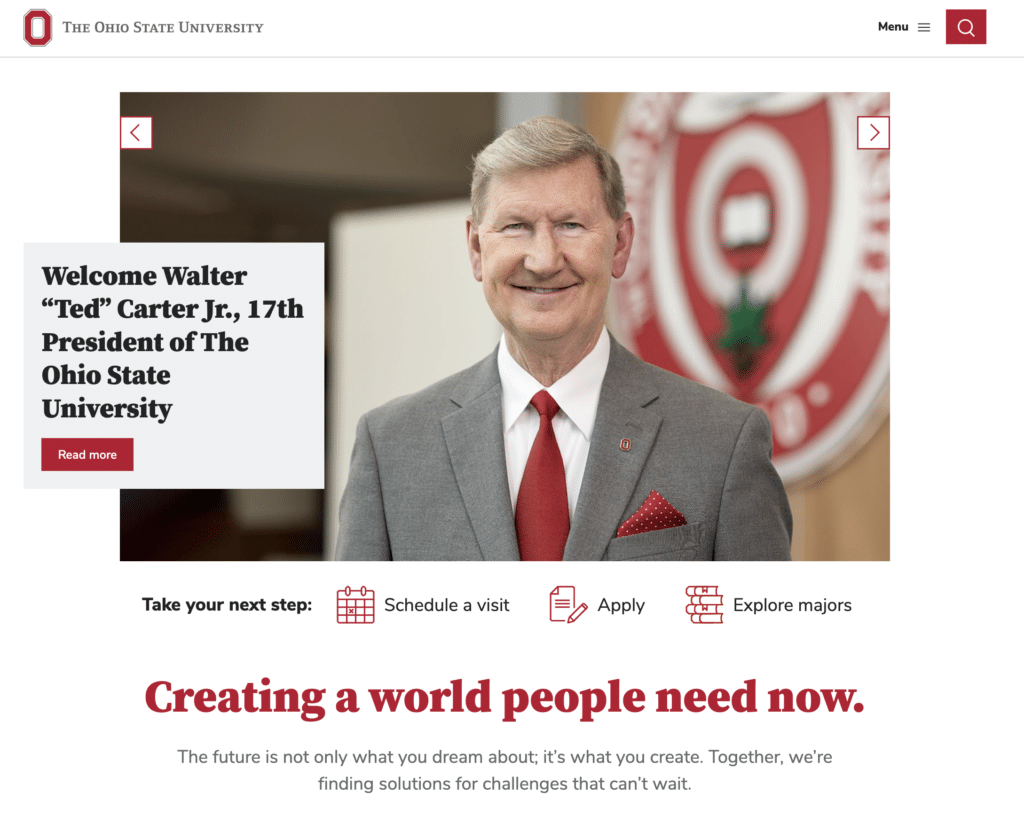
The Ohio State University’s homepage features an intuitive design where students can immediately take their next step, whether to schedule a visit, apply, or explore majors. This guides students through the enrollment process, from awareness to decision-making.
University websites often have two main sections: one for current students and another for prospective students. You can tailor your message accordingly by identifying who you’re targeting for different web pages.
Once we acknowledge this audience division, the next step is understanding the website’s conversion dynamics.
Example: If a university has a 25% matriculation rate, that implies 75% of the applicants do not end up enrolling. This means 3 out of 4 applicants won’t enroll.
Given this, we need to analyze how many visitors explore the “Future Students” page and, from them, the fraction that progresses to click “Apply Now.”
These metrics can help create a blueprint for estimating the site traffic necessary to reach desired enrollment figures.
Upon reaching the application page, potential students are often presented with a login or sign-up barrier, causing massive drops in conversions. To improve this crucial juncture, universities must streamline and simplify the application process, ensuring a frictionless user experience.
How can universities enhance the user experience during the application process to ensure higher completion rates?
“I would reverse the process, enabling potential students to start their applications and introducing the login or account creation step at the end, like ecommerce sites offering a “guest checkout” option. Once someone has gone through the whole process, they’re likely willing to take two seconds to put in their email or whatever is required. This is in contrast to scenarios where users are prompted to create an account or proceed as a guest during the early stages of a process, like when shopping. Almost every time, people prefer the latter.”

Offering a progress bar also gives applicants a sense of achievement and motivation to complete the process. Test your application page is mobile-responsive since many prospects now access sites via their smartphones.
Removing these roadblocks can help your university retain and convert potential applicants.
Students and parents spend their time online differently, so you must use different channels to target each group.
Prospective students are likely to use YouTube, TikTok, and Snapchat, whereas parents are likely to hang out on Facebook, Instagram, and LinkedIn. Both groups use email nearly equally.
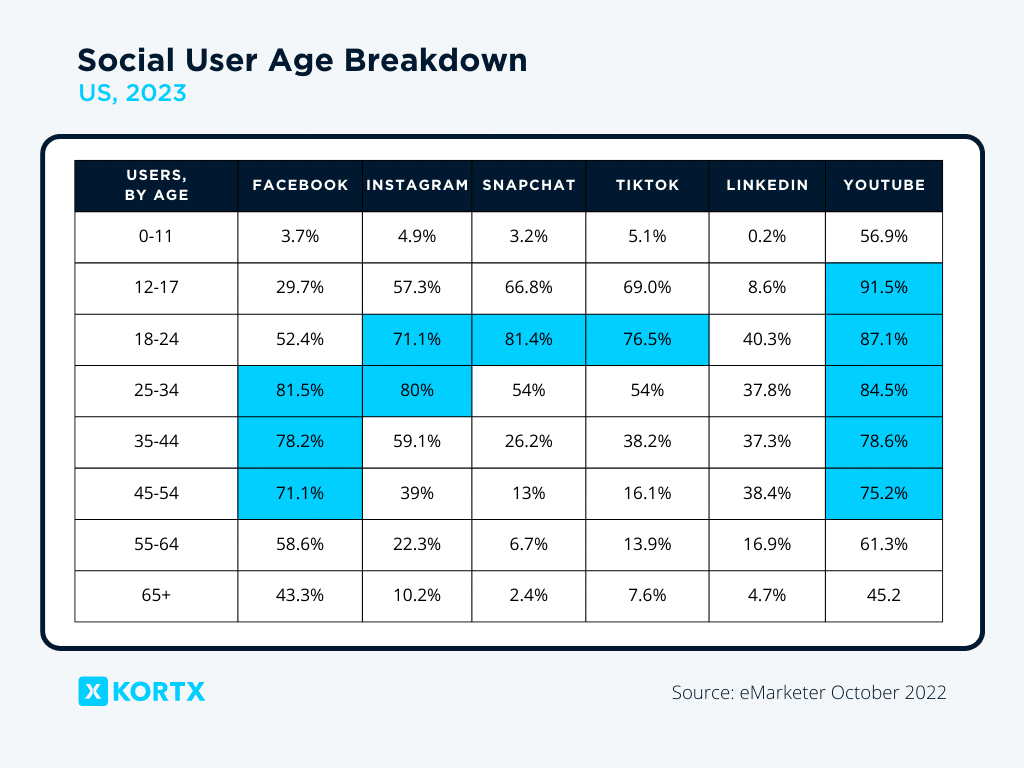
Catering to prospective students involves a multifaceted approach across the entire enrollment funnel. Prospective students are the ones who will ultimately decide to enroll or not. So, engaging them at various stages, from initial awareness to final decision-making, is important.
While top-of-the-funnel content like TikTok videos is still important for students, it’s also important to provide content tailored to their interests and concerns at every funnel stage.
Example: At Greenfield University, the enrollment team crafted a tiered engagement strategy for prospective students:
⬆️ Top of the Funnel (TOFU)–Awareness: Greenfield University launched TikTok videos showcasing campus life and student experiences to spark initial interest.
▶️ Middle of the Funnel (MOFU)–Consideration: The team sent personalized emails that matched students’ program interests, like virtual tours of the Arts facilities for Arts enthusiasts.
⬇️ Bottom of the Funnel (BOFU)–Decision: The university organized Zoom Q&A sessions. Prospective students interacted directly with faculty and peers, resolving specific queries before committing.

Parents influence decision-making and can advocate for the institution within the household, so you must also address their needs.
When targeting parents, focus on top-of-funnel awareness efforts like Meta and Connected TV ads. Engaging parents through top-of-funnel content ensures they’re informed about the university while creating a positive perception of the university.
Example: Greenfield University rolled out a targeted Meta ad campaign, showcasing the campus’s safety features and renowned faculty. Alongside, interactive CTV ads highlighted alumni success stories.
KORTX’s data-driven strategies helped transform Quinnipiac University’s student recruitment, leading to over 6,000 applications and 1,500 average applications per enrollment period.
Audience targeting presents a challenge when targeting prospects under 18. Platforms like TikTok and Meta provide avenues for reaching this demographic, but with programmatic advertising, it’s more complex.
What are the limitations in audience targeting within enrollment marketing?
“Universities often have a target audience that includes high school students, but directly engaging them poses challenges due to age restrictions. However, there are ways to navigate this limitation. Leveraging household demographic data is one solution. By targeting parents with teenagers or high school students, we can indirectly reach the intended audience while adhering to the age restrictions. Also, there are various signals we can employ to determine these households. For instance, we can identify parents engaged in back-to-school shopping activities. Combining this qualifier with an age bracket, like 35-40+, we can target older parents likely to have teenagers currently enrolled in high school. This capitalizes on purchase habits and other contextual signals to make informed targeting decisions.”

As we can’t directly deliver ads to high school students due to age restrictions, targeting parents who are influential in the decision-making process becomes the best workaround. It’s about crafting messaging that resonates with this parent demographic while indirectly influencing the enrollment decisions of their teenage children.
Halting top-funnel activities for only lower-funnel efforts may send premature enrollment-focused messages to potential students who haven’t yet warmed to your offerings. The key is to adjust the budget allocation wisely.
Start the enrollment season by prioritizing funds for top-funnel activities, emphasizing awareness. As the cycle advances, gradually allocate more budget to lower-funnel actions while keeping some investment in top-funnel initiatives.
Example:
⬆️ Top of the Funnel: Use TikTok and CTV for engaging campus life videos to boost reach and views.
▶️ Middle of the Funnel: Implement paid search and META ads to drive traffic for increased consideration.
⬇️ Bottom of the Funnel: Leverage Paid Search and META ads optimized for conversions (e.g., applications).
Consistently nurturing the top of the funnel maintains steady awareness of your university through the entire enrollment pipeline.
Platforms like TikTok and Snapchat can help reach potential students early in their higher education journey.
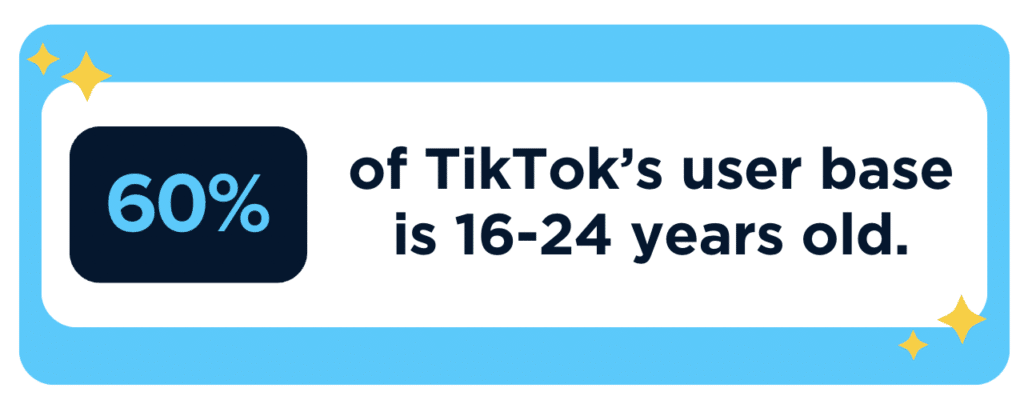
Here’s how your institution can use these platforms for enrollment marketing:
TikTok thrives on spontaneity and authenticity. Universities can:
Snapchat’s ephemeral content and story format make it ideal for more personal, behind-the-scenes content.

An example of what a Snapchat Geofilter looks like.
📚 Related Article: 13 Innovative Higher Education Marketing Trends in 2023: This article reviews the top trends in higher education marketing with some actionable tips you can try today!
Connected TV (CTV) ads help you tap into an expansive audience. They’re very relevant for higher education institutions as 62% of CTV viewers are aged 18 to 34, capturing the primary student demographic, while another 54% are in the 34 to 54 age range, targeting parents and potential mature students.
Rather than relying on broad, one-size-fits-all ads on traditional linear TV, institutions can tailor CTV ad content to distinct audience groups.
Example: A university wanted to attract Gen Z to their Theatre program. They designed ads showcasing former alumni targeted to students and emphasized career prospects in an ad tailored to parents.
CTV ads can also be interactive, fostering greater engagement and brand recall. Interactive ads drive a 47% increase in time spent with the marketing message compared to a non-interactive ad.
📚 Related Article: Interactive CTV Ads are the Secret to Higher Engagement and Longer Viewing Rates: Learn more about how interactive CTV delivers a more engaging viewing experience.
Today’s average US home boasts around 22 connected devices, presenting a golden opportunity for your institution to reach potential students and their families through Cross-Device Targeting.
Tools like KORTX’s Device Graph can collect data to identify all devices in a household and attribute them to individual users. This means you can determine which devices belong to potential students and which to their parents or guardians to serve them more relevant ads.
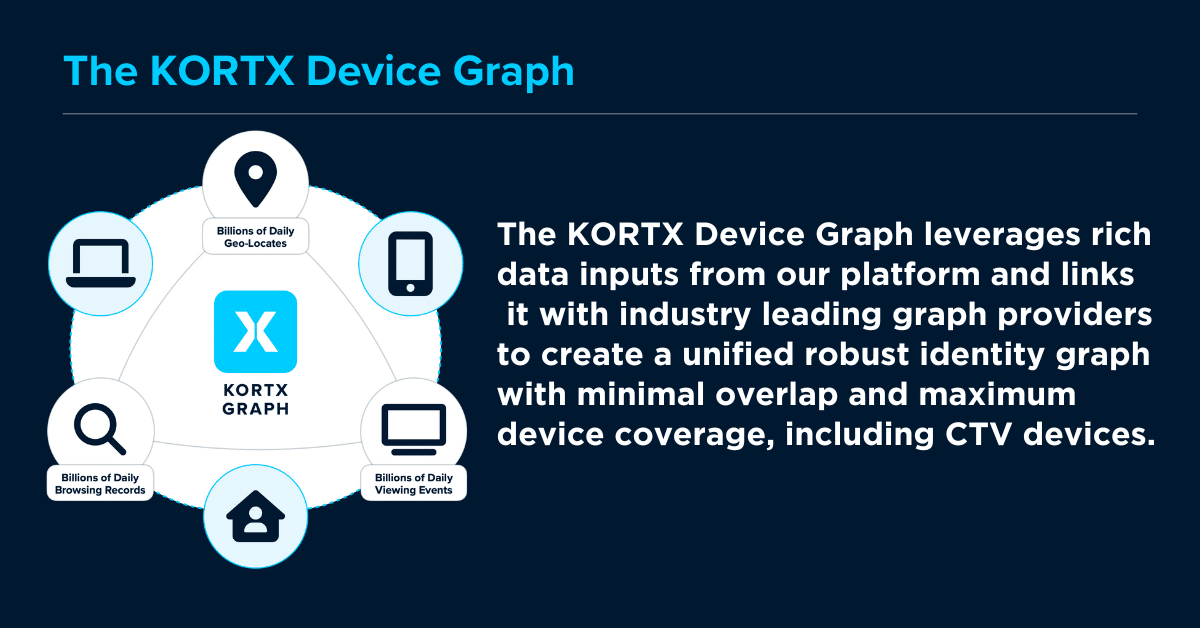
Example: A student might see an ad about campus life on their mobile phone, while a parent might get a message about the institution’s impressive graduate employment rate on the family’s smart TV.
You can deliver these messages in tandem so your institution’s messages stay consistent across the entire household.
When prospective students and parents make life-altering decisions like choosing a university, paid search ensures that institutions are readily discoverable when it matters most.
Paid search is most effective when it targets high-intent keywords. These are search terms that prospective students use when they are closer to deciding where to study.
Example: Phrases like “best engineering programs near me,” “university application deadlines 2023,” or “campus tours at [university name].”
Paid search also helps build brand affinity. Parents will also see your brand name pop up in the SERPs (search engine results pages) by focusing on those college-related keywords, reinforcing your presence.
Over time, repeated exposure creates a familiarity that can lead to higher trust and consideration when the decision-making process begins.
🔍 Case Study Success: College Enrollment Marketing Case Study: KORTX drove over 793 site conversions and 58,000 views for a large public university.
Balancing the fine line between keeping prospective students and parents informed and overwhelming them is key.
Segmenting your audience ensures that students or parents receive relevant information at the right time.
Example: A student who has just started exploring might benefit from broad information about campus life, while one close to decision-making might need specifics about enrollment procedures and deadlines.
Tools like Customer Relationship Management (CRM) software can automate communication based on specific triggers. When a student and parent visits a campus, you can send an automated thank you email offering additional resources or contacts for follow-up questions.
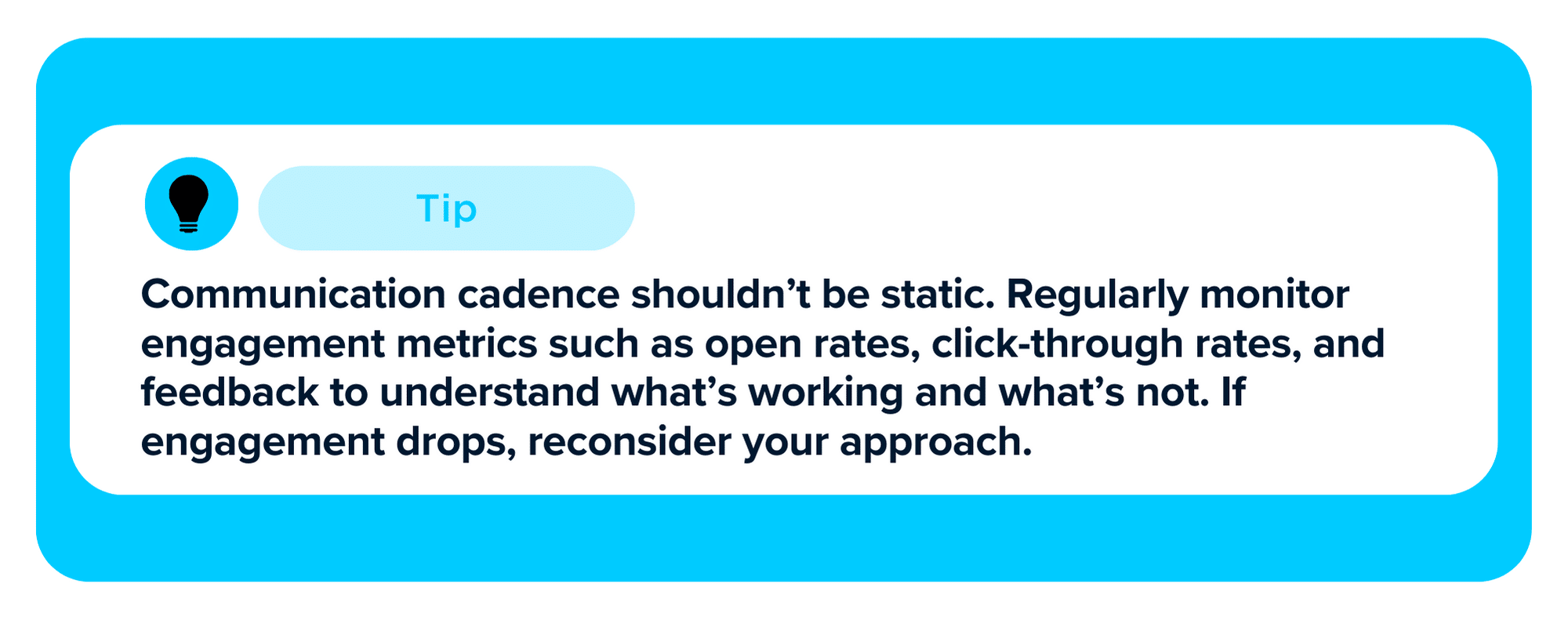
Ideally, you should start planning at least six months ahead, but a year in advance will give you even more time to invest in a well-thought-out strategy.
Also, your marketing strategy shouldn’t stand alone. It must be in sync with prospect communications, on-campus events, visit schedules, and the overall enrollment cycle.
Starting early allows you to weave your marketing efforts with other strategies to align every touchpoint with prospective students’ decision-making journeys.
It’s no secret that higher education is extremely competitive. Institutions must engage with prospective students to stand out.
Enrollment marketing tactics are beneficial for many reasons, including:
The decline in university enrollment is not just a challenge but an opportunity. An opportunity for educational institutions to reimagine their outreach, engage more authentically with potential students, and ensure a vibrant future for both the students and the institutions themselves.
Our expert strategists and tracking solutions can help you understand how leads find and engage with your website so you can convert more leads into sales.
Josh Pheneger is an Account Strategist at KORTX. He likes to play golf, explore the city, and spend time in coffee shops.
From us to your inbox weekly.